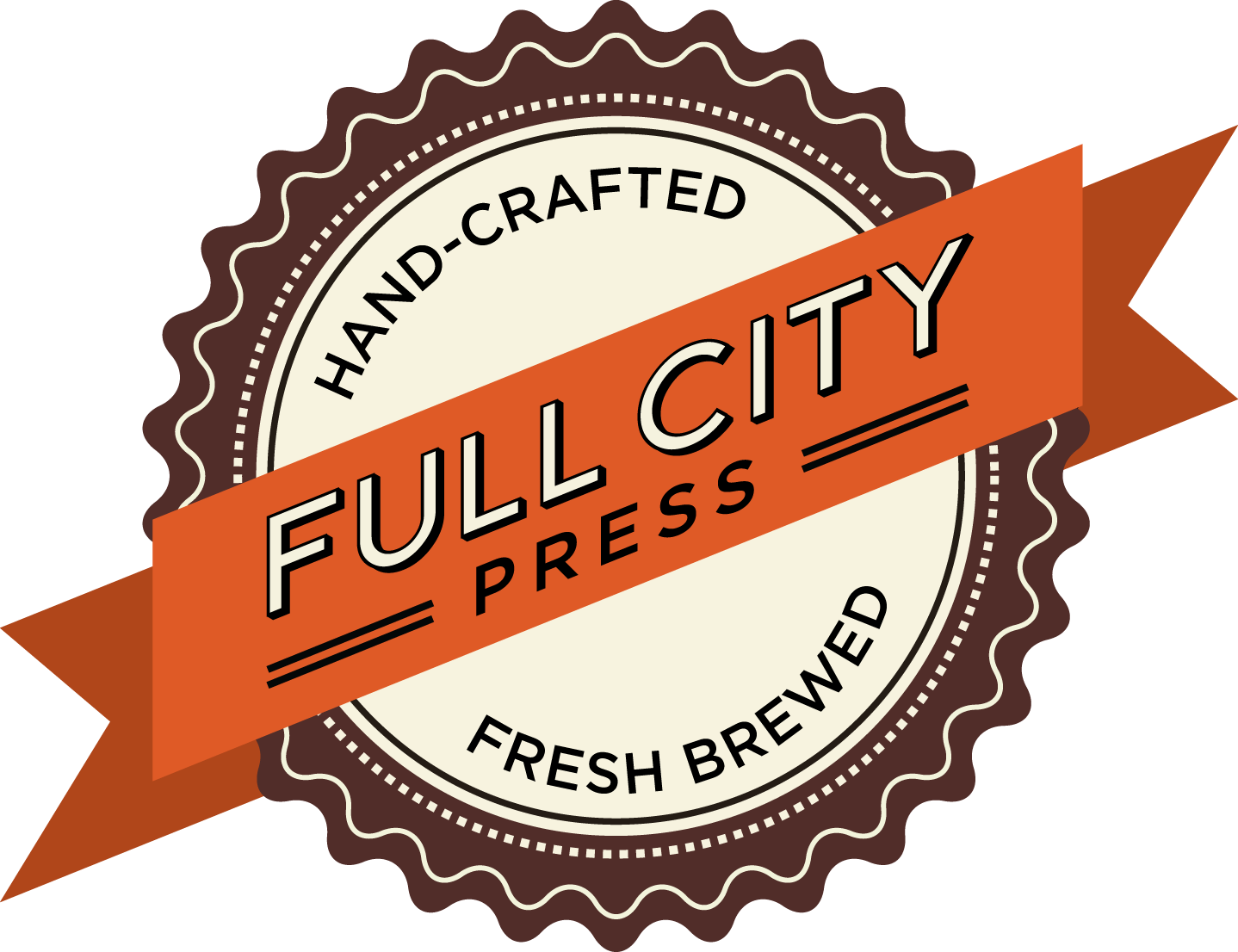What era is that clock from? It even annoyingly shakes. It is an eyesore on the beauty of the rest of OS X.
OS X Lion was billed as being the best of iOS being brought back to the Mac. And in many ways, it is. Take full-screen apps, for instance. I use them all the time (like right now, as I write this in Byword). I keep Safari, Mail, iCal, iTunes, & Reeder in full-screen almost all the time.
Notification center and banner notifications would be awesome, especially in full-screen apps. Give me a keyboard shortcut or trackpad gesture to quickly see all my notifications on my Mac, and subtly show me reminders and alerts without demanding an interruption to my workflow.
iOS
I have very little to complain about regarding iOS notifications since iOS 5’s revamp of the system. But there is one.
I do not always have my MacBook Pro with me. And when I am on the go, and at night, it is closed, making notifications impossible. This is not the case with my iPhone. It is always with me, always on, and charges in a little tray on my nightstand. It serves as my alarm clock.
But emails and app notifications roll in throughout the night, making noise and briefly turning on the screen.
There are only two types of notifications I want while I am asleep: the alarm that I set and phone calls (in case of an emergency). Everything else needs to shut up.
Here is what I propose: a global Do Not Disturb setting for iOS notifications. This would prohibit notifications from turning on the display or activating the speaker during hours that I set (like when I am sleeping). There would be a list of exceptions that I could set, such as alarms or phone calls. For everything else, it can stack its notifications in the Notification Center for my review in the morning.
The ring/silent switch works great for things like meetings, where you can be alerted to something via vibration if need be. You’re still active in that situation. It doesn’t work that well for sleeping at night, though.
Being able to tell our apps that we do not wish to see or hear them right now would be great.
Update
on 2011-12-30 21:01 by Chris De Jabet
Just a quick addition to note that Airplane Mode isn’t enough to solve this problem. Some apps, like games, will use local notifications that do not require a network connection. My wife likes to play Tiny Tower, which will use local notifications to update her on when something needs restocking or a new level of her tower is ready (it’s simply using time calculations for all this).
Also, Airplane Mode would disrupt the ability to receive calls. And we all know the moment you disable calls is when the crap will hit the fan.


